By Rick VanSickle
Changes to the Vintages’ twice-monthly wine release program at LCBO stores in Ontario mean fewer VQA Ontario wines will be available for consumers to buy and wineries to sell — at least with in-person visits.
Note: Also in this report, our picks at Vintages, and Flat Rock Cellars gets down and funky with clones and Riesling.
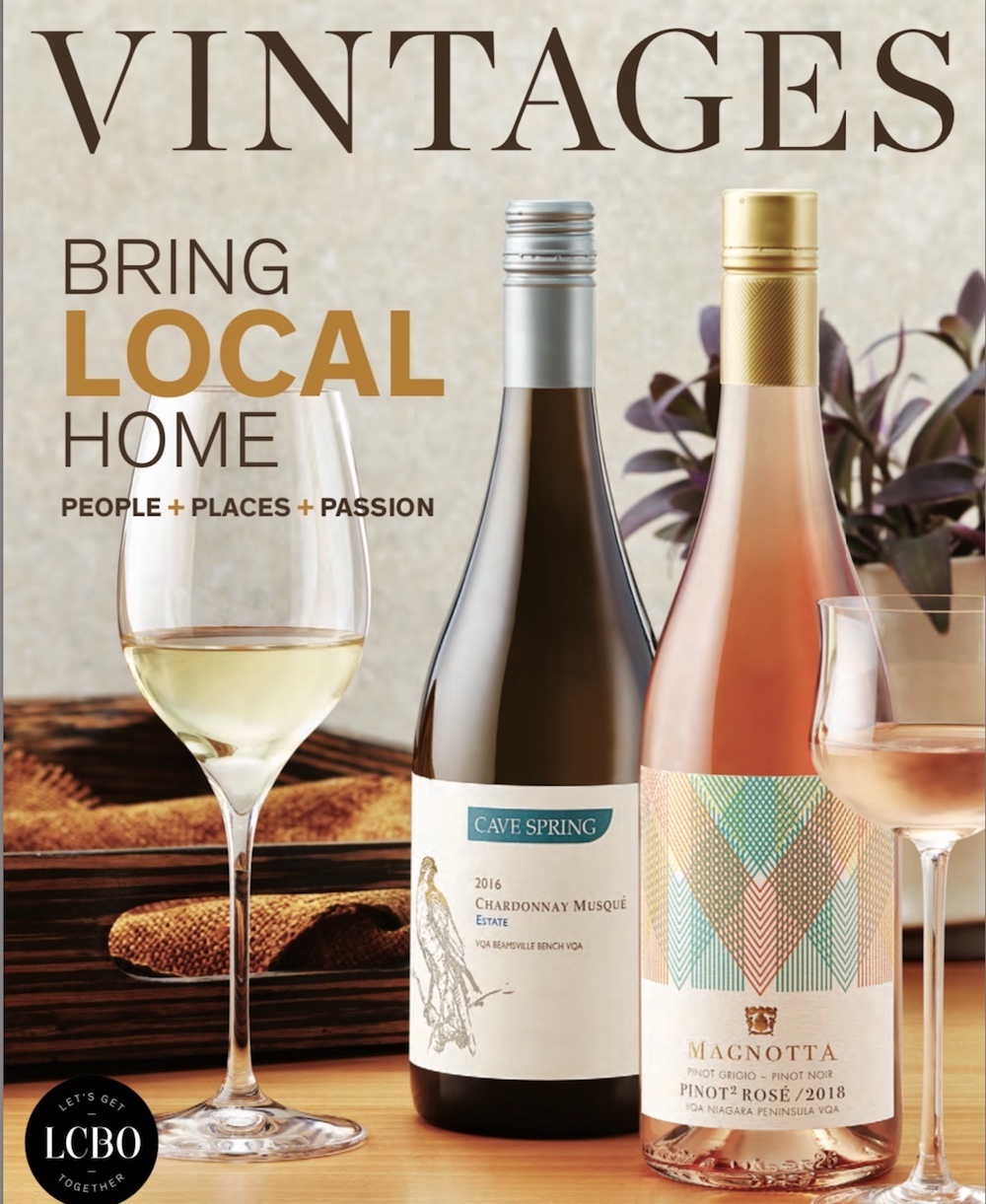
In a news release, the LCBO said Vintages, which consists of the Essentials Program, Direct Programs (Classics, Futures and special offers) and the twice-monthly Vintages release program, “remains an important LCBO category. We’re making some changes to how we deliver Vintages to further build on the Vintages brand by leveraging and optimizing both our retail store and ecommerce channels.”
Changes to Vintages programs include:
• Increasing the amount of exclusive online-only Vintages releases;
• Beginning January, on a monthly basis, Vintages will release additional online-exclusive products on the Thursday prior to the Saturday retail release (the first release features 14 wines, one from B.C. the rest international wines);
• During the summer periods (May to August) Vintages will reduce retail releases to one time per month. The second release in these months will be an online-exclusive release only;
• This spring, several popular Vintages release products will be moved to the Essentials program ensuring continuous availability of high demand products;
• Vintages is reducing the number of retail stores that offer Vintages release program wines. These stores will now offer an expanded Vintages Essentials program to meet customer shopping trends. 254 LCBO retail locations across the province will continue to offer the full release assortment and 40 retail locations were removed from the Vintages release program (the LCBO would not say which stores were impacted).
Note: see response from the LCBO at the end of this report (received after posting this)
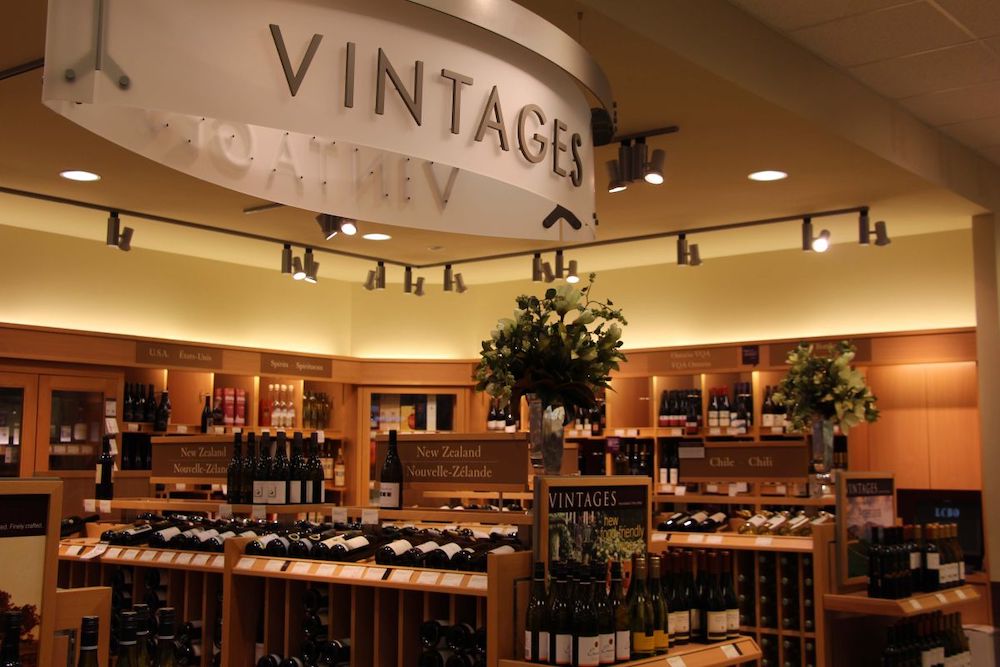
While it remains to be seen what impact this will have on VQA Ontario sales through LCBO/Vintages stores, the loss of four releases in the key summer months and the reduction of stores physically selling new release VQA wines is cause for concern, particularly during these difficult times for local wineries, which have been subject to endless setbacks brought on by the COVID-19 pandemic.
The LCBO appears to be moving to a more robust online platform while stocking its stores with the most popular, high-volume international wine brands — much like a big box wine store — and leaving small-production local wines behind. The Essentials program, while increasing, according to the release, has few VQA wines on that list and that likely won’t increase at the expense of high-volume, popular international brands.
Moving many of the Vintages wines to online only is counterproductive for VQA wines, which count on Vintages wines being visible on the shelves at stores sprinkled throughout the province that consumers would otherwise not have access to. Truth be told, it’s far better for local wineries if you buy directly from their own online sites rather than the LCBO online portal, which levies a steep price on wineries.
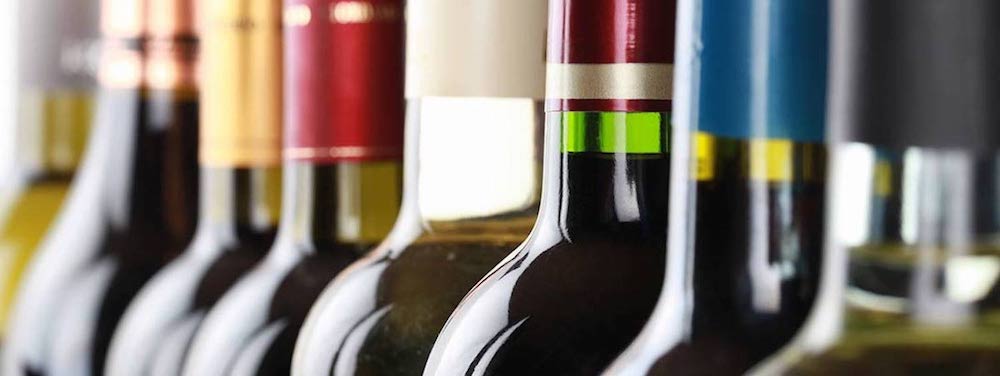
The bottom-line here is this: Because the LCBO is a near monopoly in Ontario, smaller wineries have come to count on the Vintages program to get their brands established. With a reduction in opportunities at Vintages it will likely have negative impact on sales.
Wines In Niagara reached out to Ontario Craft Wineries, the association representing most Ontario wineries, for comment but did not hear back in time for publication. No one in the Ontario wine industry contacted for this report would speak on the record.
This statement from the LCBO Press Office (no name) was sent to Wines In Niagara in response to this post:
“In response to your article below, the changes to the Vintages program were made in collaboration with our local beverage alcohol partners. The changes do not impact LCBO’s VQA wines offering for Ontarians and there is no reduction in the number of products to choose from. Overall, we are increasing our VQA product selection by introducing additional online releases, giving customers the opportunity to discover and access even more products. Maintaining our support of local wines and producers through the Vintages channel continues to be a key priority as we evolve the Vintages program and customer experience.”
Niagara wines being released Saturday
at Vintages stores, but not reviewed.
It’s another tiny release for Niagara wines coming to Vintages stores, so to fill the gap, we are recommending an on-line exclusive B.C. wine and two international wines to fill the gap.
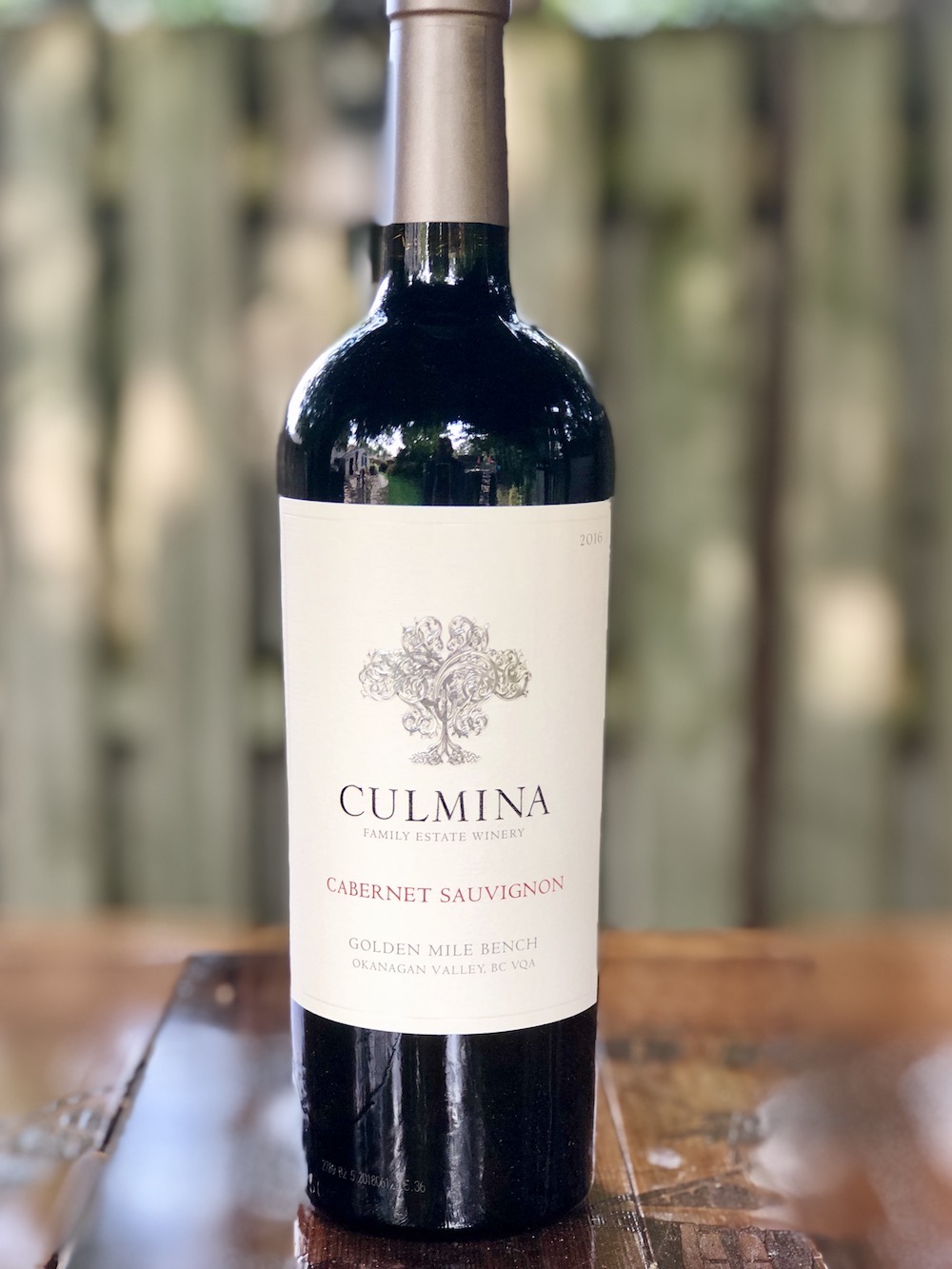
Culmina Cabernet Sauvignon 2016, Okanagan Valley ($35, online exclusive released Thursday, 92 points) — Oak aging for this wine is in 100% French barrels, 25% new, for 16 months. It shows a dense, deep purple colour in the glass with a nose of cassis, black currants, rich blackberries, dark chocolate, cedar and fine oak spices. It takes a more elegant turn on the palate with an integrated blend of blackberries, black currants, dark cherries, anise and fine oak spices to go with ripe tannins, firm structure and length through a finessed finish. Cellar 5+ years.
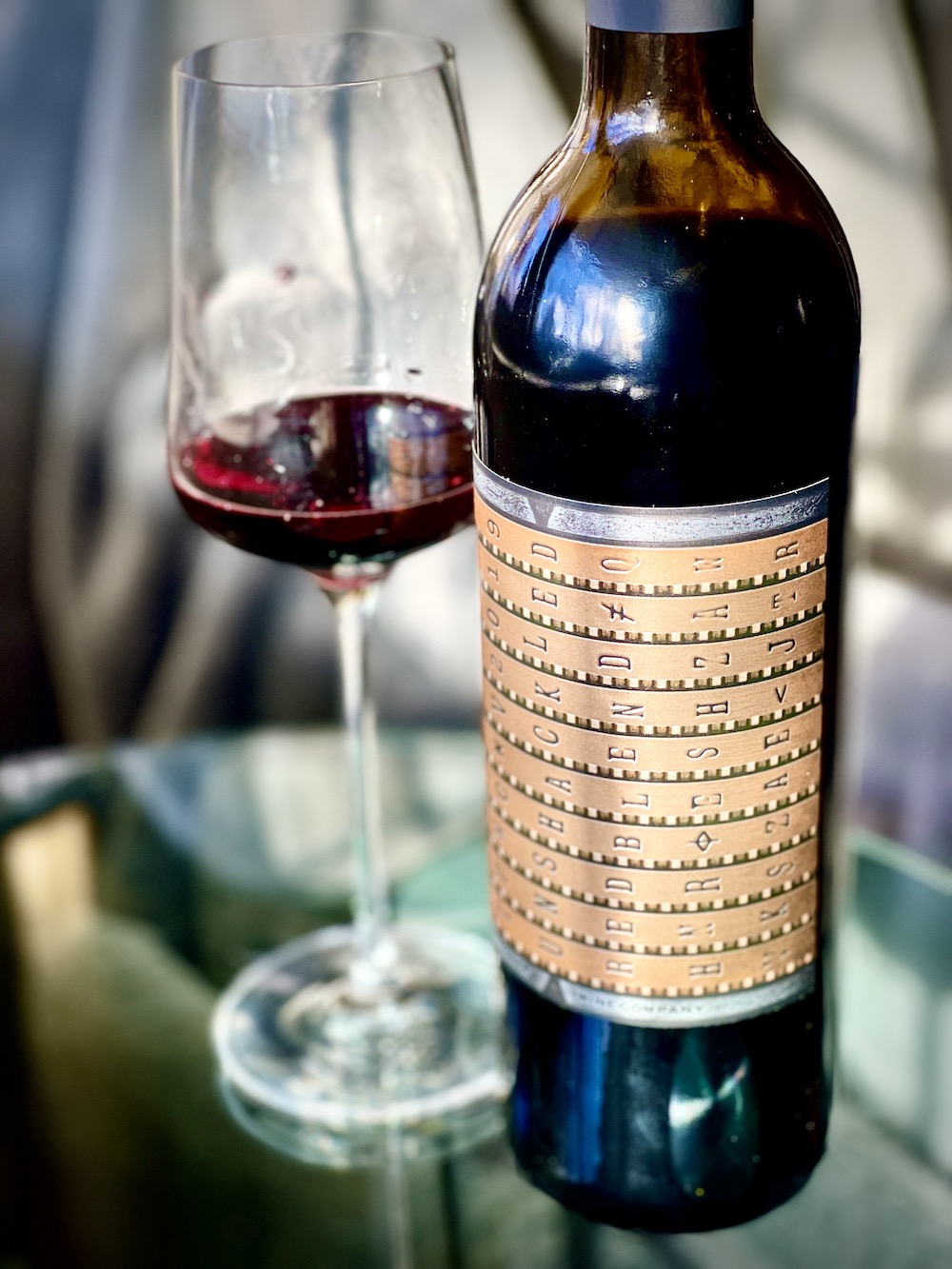
Unshackled Red Blend 2019, California ($30, 90 points) — Unshackled is the baby brother to the popular Prisoner Napa Valley Red, an unusual blend of Zinfandel, Cabernet Sauvignon, Petite Sirah, Syrah, and Charbono. The Unshackled, released at Vintages for the first time, is a multi-regional blend of Zinfandel, Malbec, Petite Sirah, Syrah, Tannat and Tempranillo and is aged for 10 months in 30% new French and American oak barrels. Right off the top, if you are looking for a balanced, nuanced and elegant red wine, this is not for you. This is a hardy winter red that is in-your-face bold, fruit-saturated and boozy at 14.5% abv and will appeal to lovers of this over-the-top style that’s ready to drink now. It has a bold and concentrated nose of dark cherries, sweet cassis, black currant jam, baking spices and toasted vanilla bean. There is an intriguing savoury/eucalypt note on the palate then a full-on fruit attack of thick red and dark berries, forest floor, minty herbs and leather with richly constructed barrel oak spices. The tannins are supple, and the texture is smooth with a fairly long finish. Fans of The Prisoner will find the Unshackled a much earlier maturing wine for drinking in the short term (but it’s half the price!).

Kim Crawford Pinot Gris 2019, New Zealand ($20, 89 points) — From one of the most well-known Sauvignon Blanc producers in New Zealand, this Pinot Gris from Marlborough is a rich and robust wine on the nose with notes of peach, ripe pear, honeysuckle and lemon blossoms. It is fruity and fleshy on the palate with an array of ripe peach, pear, nectarine and citrus peel on a lifted finish.
Send in the clones!
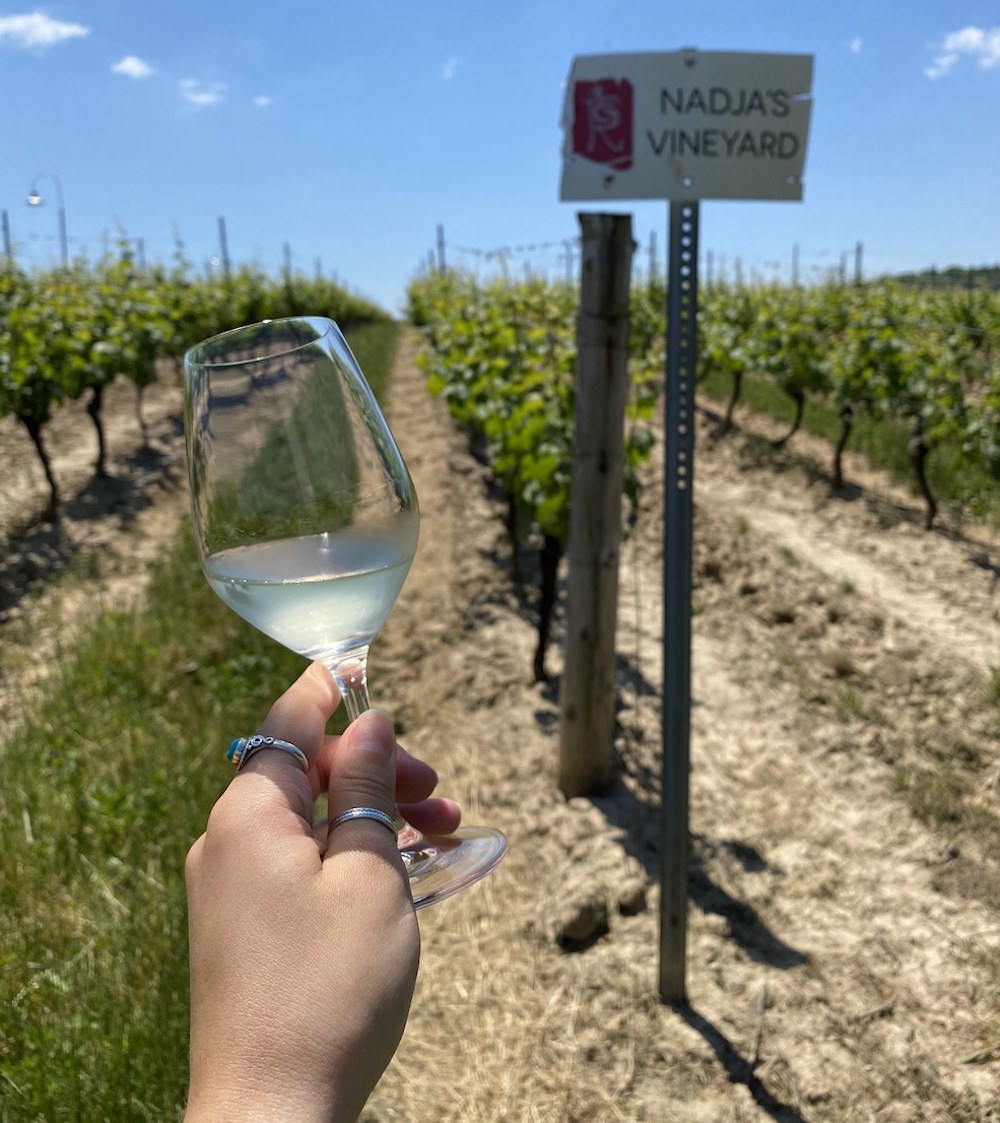
Terroir is tricky business. What is it exactly? What determines the taste profile of the wine you are drinking? Is it the dirt where it is grown, the climate, the winemaker’s style, the tweaks in the vineyard during the growing season, picking decisions, yeast decisions, clones and aging vessels, or is it just a romantic notion that explains the unexplainable in a finished wine? Terroir is all of that and none of that; it is the intangible in wine and is either coveted or loathed by wine lovers, winemakers and wine critics the world over who all have a different take on that complicated concept.
At Flat Rock Cellars, a Twenty Mile Bench winery, terroir is at the centre of everything it does. Owner Ed Madronich is a firm believer in his dirt and its attributes. He and his winemaking team have conducted hundreds of unique tastings and bottlings over the years to show anyone who will listen that place matters, the Twenty Mile Bench matters and Flat Rock’s unique location on the escarpment matters.

For the first time, Flat Rock has just released another experimental comparison between single-vineyard Riesling from the estate’s Nadja’s Vineyard using two different clones — 21b, Niagara’s most popular clone, and 239. The Riesling vines with the different clones are planted only a laneway apart yet offer distinct personalities while maintaining an overall link to the terroir of the vineyard.
Flat Rock believes there is something special about Nadja’s Vineyard at the south end of its property. “Perhaps it’s the cooler temperature resulting from the higher altitude or the thin topsoil under which a bedrock of limestone forces the roots to stretch downward,” says Madronich, above in Nadja’s Vineyard. “We may never quite understand the intangible mystery of terroir this vineyard showcases, but we can certainly try.”
In 2014, Flat Rock took the opportunity to experiment with its iconic single-vineyard Riesling. They trialed a new clone of Riesling in a small parcel of Nadja’s, the Geisenheim 239 Clone, to compare it to the more popular 21b Riesling Clone used in the rest of the vineyard. The Nadja’s Vineyard Riesling 2019 and the new E[NV]Y Nadja’s Vineyard 2.0 Riesling 2019 are now bottled and ready for purchase at the estate.
Wines In Niagara tasted the two bottles side-by-side, along with the estate Riesling. Here are our thoughts.
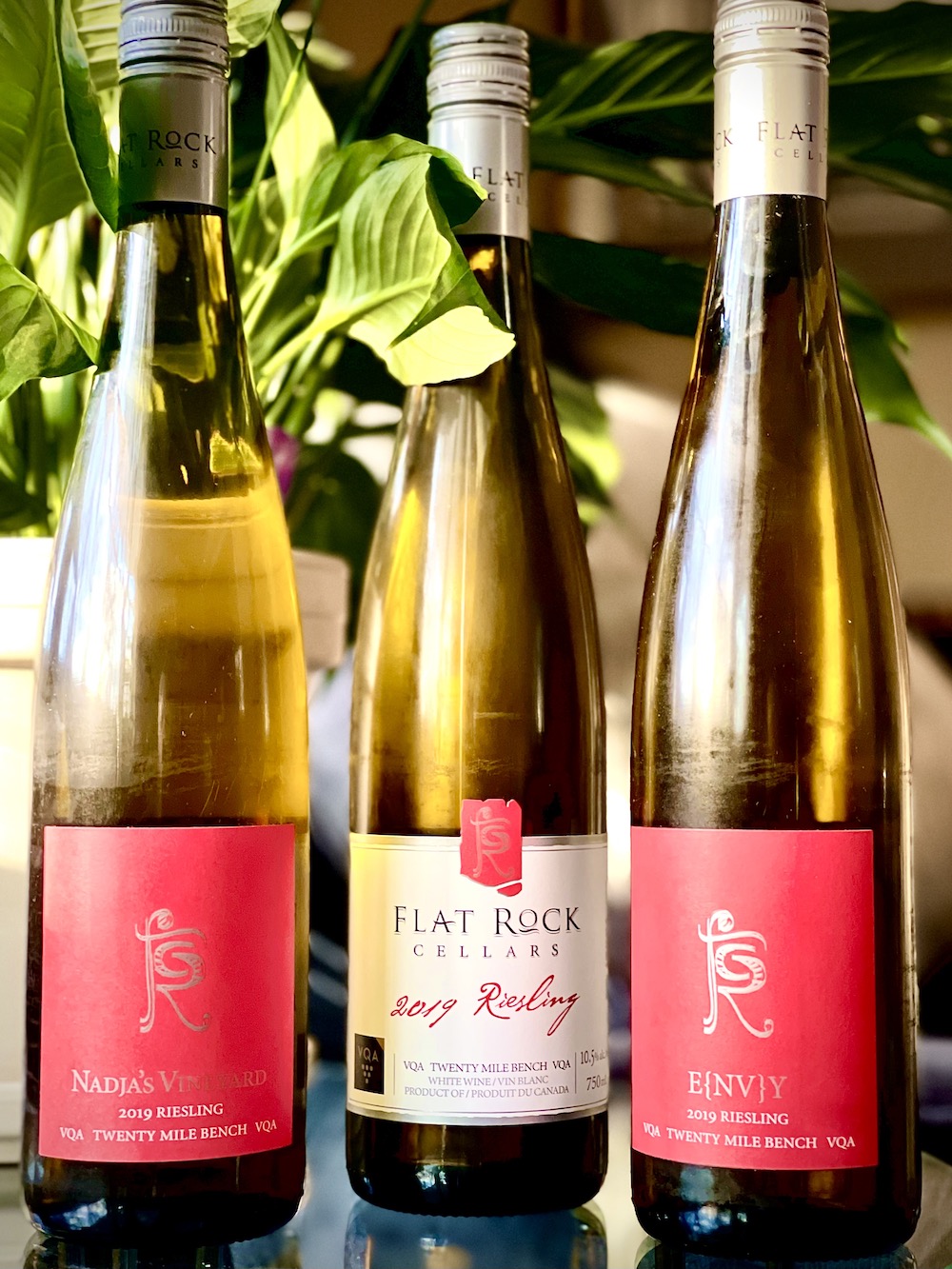
Flat Rock Cellars Nadja’s Vineyard Riesling 2019 ($30, 92 points)
• Location: Nadja’s Vineyard, southwest corner of the property;
• Clone: 21B, native of the Mosel River Valley in Germany. Root stock is S04;
• Vine age: 19 years, planted in 2001;
• Soil type: Shallow, red hued clay loam soil over fractured dolomitic limestone;
• Production: 435 cases.
Profile: The 21b Clone brings a racy profile to Riesling with intensely floral, mineral and citrus notes. Those limestone mineral notes are pronounced on the nose with bright green apple, pear, melon and a melange of citrus accents. While there is 11 g/l of RS on the palate this feels perfectly dry from the electric acidity. The first impression on the palate is the chalky vein of minerality with crisp stone fruits, lemon-lime notes, melon and a mouth-watering finish. Lots of potential to cellar 10+ years. In fact, I tasted a 2009 Nadja’s in early December and it was still going strong with a dynamic nose of grapefruit, lime, apple, subtle petrol notes and steely minerality that has plenty of life in it.
Flat Rock Cellars E[NV]Y Nadja’s Vineyard 2.0 Riesling 2019 ($30, 93 points)
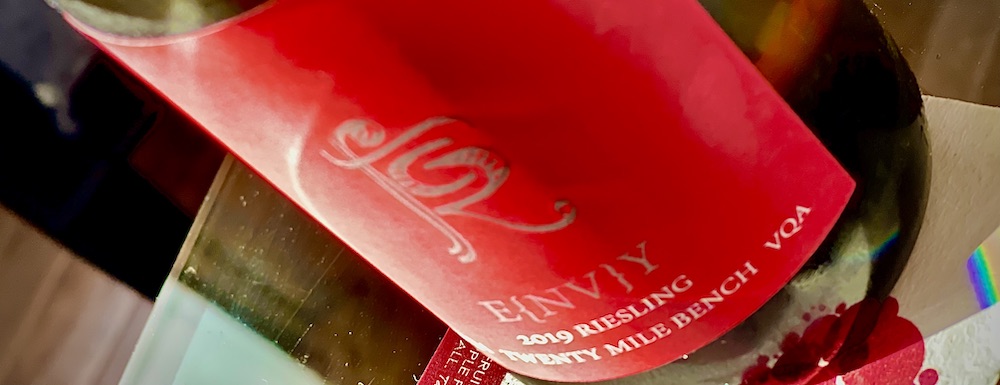
• Location: The Rougue Vineyard, southeast corner of the property;
• Clone: 239, native of the Geisenheim region in Germany. Root stock is S04;
• Vine age: 6 years, planted in 2014;
• Soil type: Shallow, clay loam soil over fractured dolomitic limestone;
• Production: 222 cases.
Profile: Clone 239 has a subtly more acidic character and more suited to drier style Rieslings. To me, it’s incredible that two Rieslings planted mere metres apart with different clones can impart such different profiles yet have a vein of familiarity. This has earthy/savoury nose with steely minerality, bright apple, fresh pear and subtle petrol notes emerging. It’s zingy and bright on the palate with an interesting yin-yang of tart-sweet stone fruits, quince, slate minerality, puckering citrus and an electric finish. Can cellar this 8+ years (maybe more).
Flat Rock Cellars Riesling 2019 ($18, 90 points) — This estate Riesling, from the northern-most parcel of the West Block in the Flat Rock Vineyard, represents great value year-in and year-out. It has such a vibrant nose of grapefruit, lime, pear, green apple and lovely chalky notes. It shows sweet-tart stone fruits on the palate with gushing lime, grapefruit and stony minerality all leading to an energetic and lifted finish. Can cellar 5+ years.


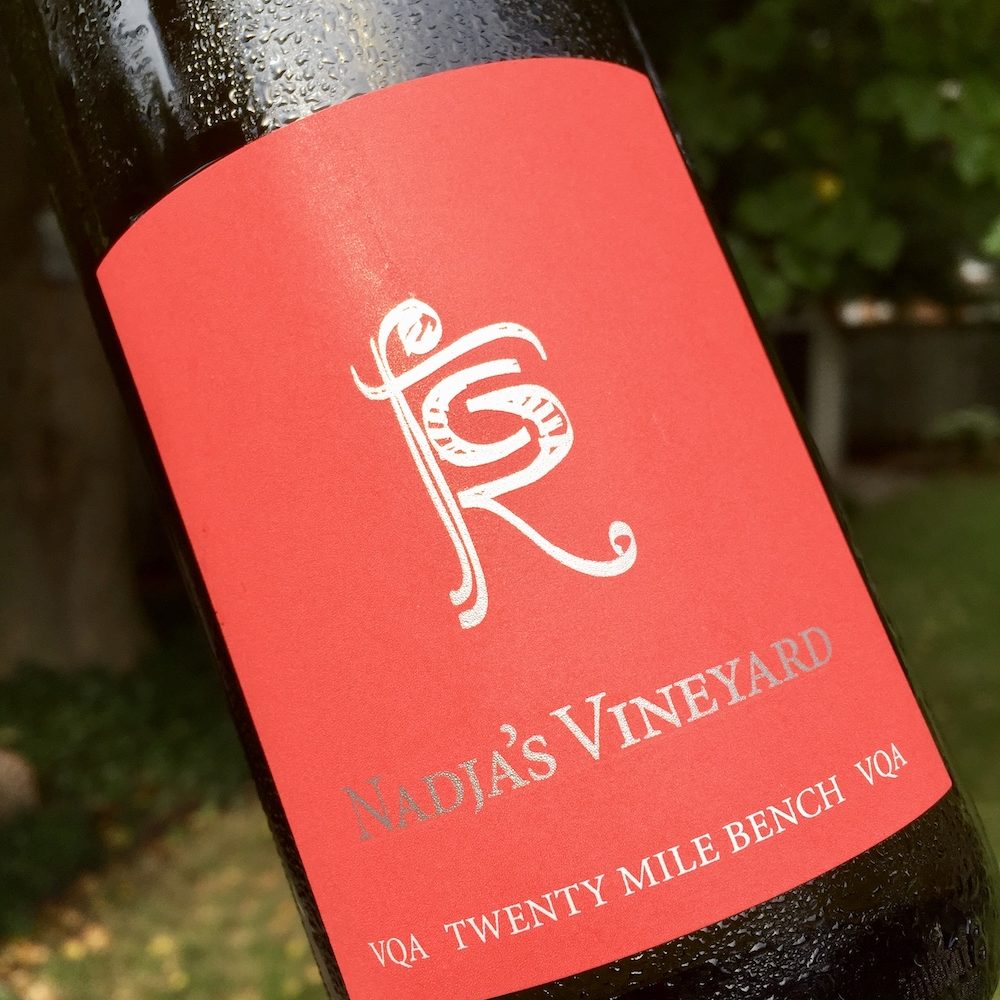



Comment here